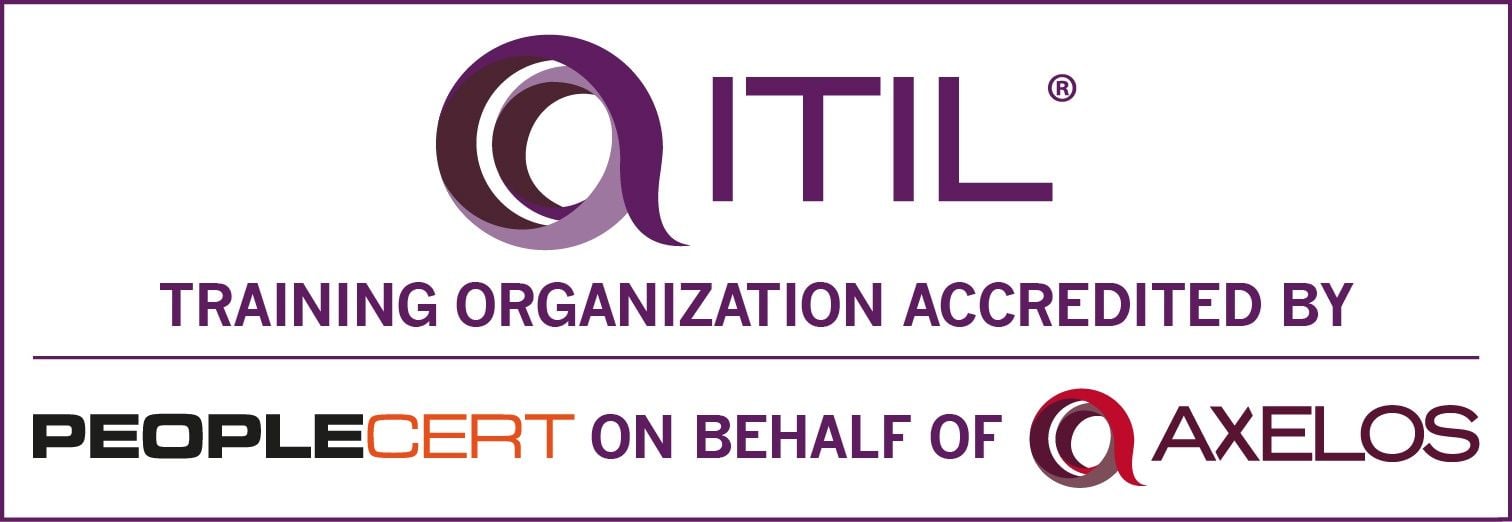Why CSAT Might Be the Most Important IT Service and Support Metric
A case is made that this metric provides the most complete look into the the perspective of your customer or client.
“Keep in mind, measurement is not just numbers, but stories.” - Pearl Zhu
In my opinion, the most important metric in the IT service and support industry is the Customer Satisfaction Score (CSAT). It is a very broad, and sometimes complex, metric that depends greatly on who your customers are, what information and feedback you require, and how you plan to use it for their benefit and yours.
There are a few customer-focused metrics like NPS (Net Promotor Score) to consider, but make sure you select the right metric for the right reasons. It’s critical to understand who your customers are, and what is the purpose, value, and benefits in requesting their feedback. More importantly, it’s also important to decide how you plan to use and benefit from it.
Creating customer personas is very helpful during this exercise. You will find additional value in using these personas as you develop and mature your organization with new customer-focused programs. The customer can be an internal employee, an external customer or a third-party partner.
There are three very important aspects of the customer satisfaction metric (CSAT) for us to understand:
Factoring in the important aspects of the holistic, end-to-end customer experience that are critical in creating a satisfied customer, and how best to formulate your questions.
Constructing the immediate survey delivery to your customer in a way that makes it easy for them to remember and rate their recent experience quickly and accurately. You want to provide them with the option to provide additional insights as to what went well, what did not go well, and what did not happen in terms of meeting their service expectations.
Lastly, ensuring immediate review and response from the management (recovery) team when the customer provides a low rating, provides dissatisfied comments regarding their service experience, and requests to be contacted.
There is a great amount of planning and work that is required to make the Customer Satisfaction Score (CSAT) metric a valuable source of feedback, insight, and justification for what actions/improvements need to be prioritized to improve the customer experience. There is also prework required to enable any IT service and support team be successfully positioned to consistently deliver the expected customer experience.
Typically, customer satisfaction surveys should include a brief introduction, so the customer better understands the team’s commitment to their customer experience. If it’s important to the customer, then it should be important to you.
Let the customers know how much we appreciate them taking the time to share with us their most recent customer experience. Determine how best to communicate, market, and incent your customers to take the time to provide their customer experience feedback. Once that feedback is completed, it is up to you to deliver on your promise of listening to them and responding with action when needed.
It’s also a great opportunity to communicate the broader, overall continuous improvement effort and its overall impact to the improvement of the CSAT scores. Basically, you are sharing your progressive improvement in your CSAT scores against the initial baseline measurement in areas that were rated important by the customer.
First Contact Resolution (FCR), Average Speed of Answer (ASA), Average Wait Time (AWT), Service Levels (SLAs), Abandons, and Channel Contact Volumes are important operational and performance metrics, but they are unable to help you understand the level of empathy delivered by the customer service and support professional.
These transactional Customer Surveys provide us with valuable information on how well we are delivering against the holistic customer experience. The customer experience isn’t solely about the initial contact experience. It’s also about how the other support teams are aligned and in sync in responding, resolving, and communicating with the customer. Timeliness, accurate assignment, teamwork, communication, detailed notes, and transparency eliminate “hot potato” behavior. More importantly, we need to accurately assign the right resource to provide the proper troubleshooting and analysis to quickly resolve the customer’s impacting issue.
In summary, there are many IT service and support metrics to assist you and your team in better understanding your operational performance in servicing and supporting your customers. The most meaningful metric is the one that will provide you with the customer’s perspective relative to their service experience based on their expectation.

)
)
)
)
)
)
)
)
)
